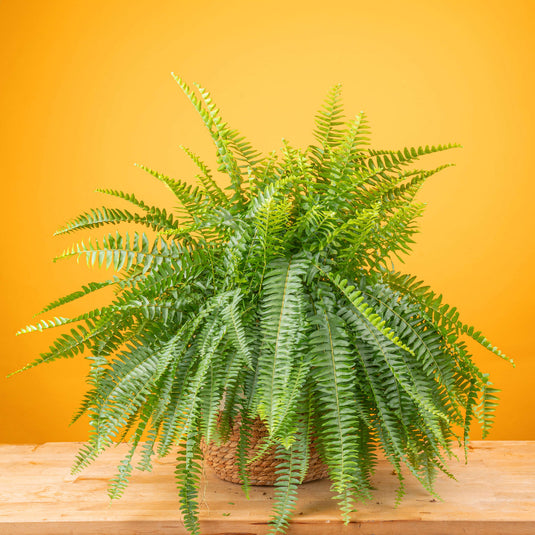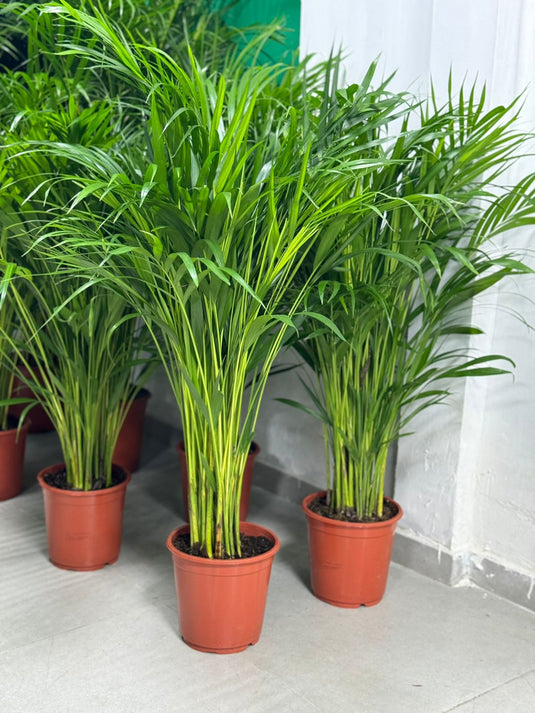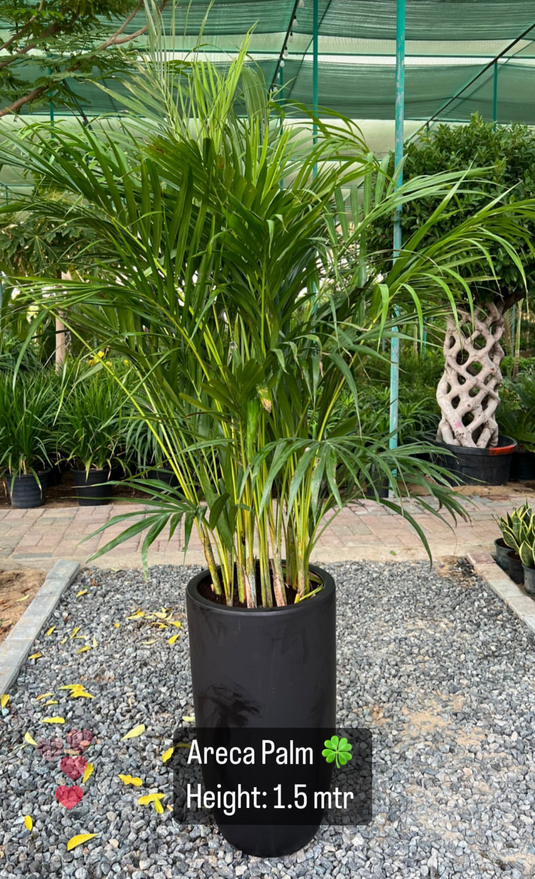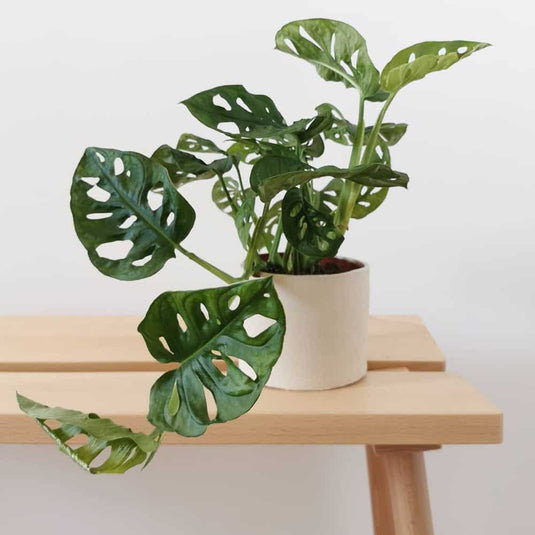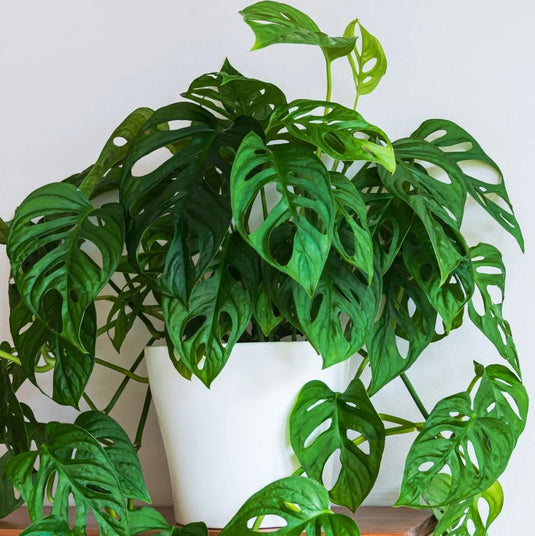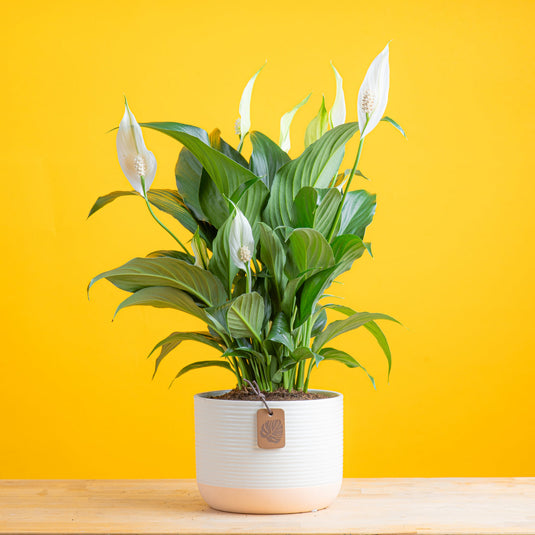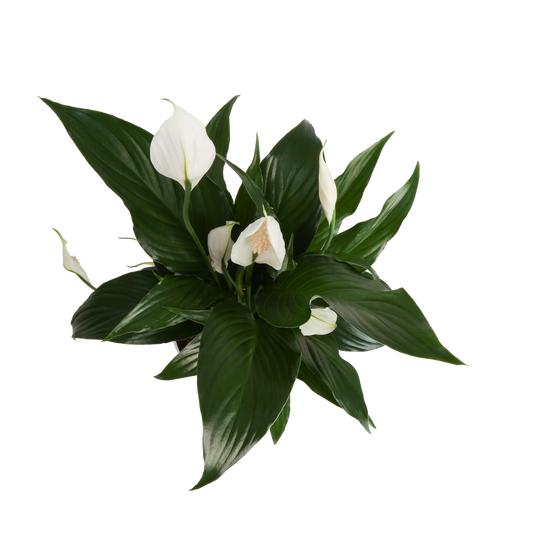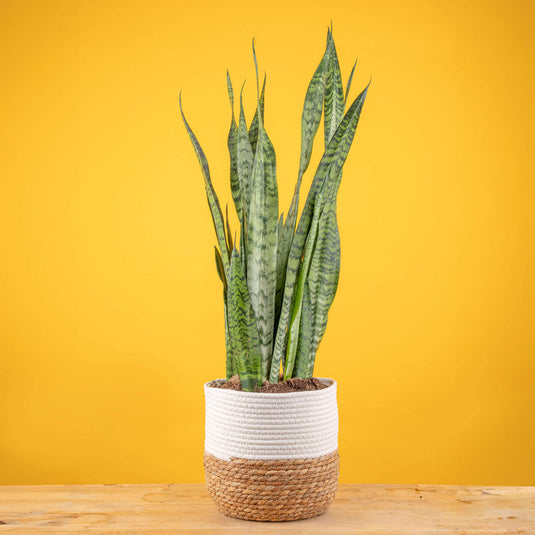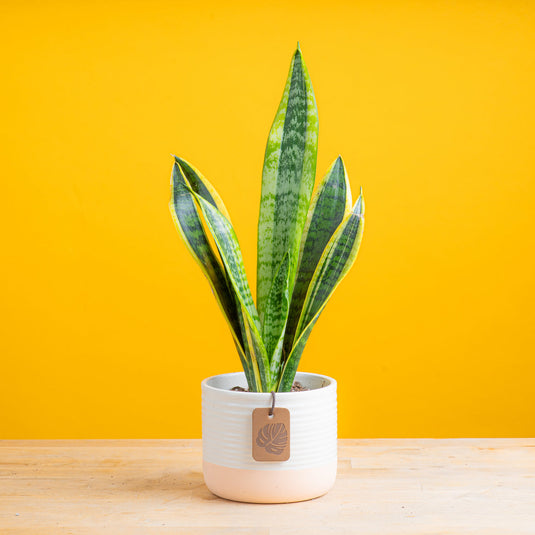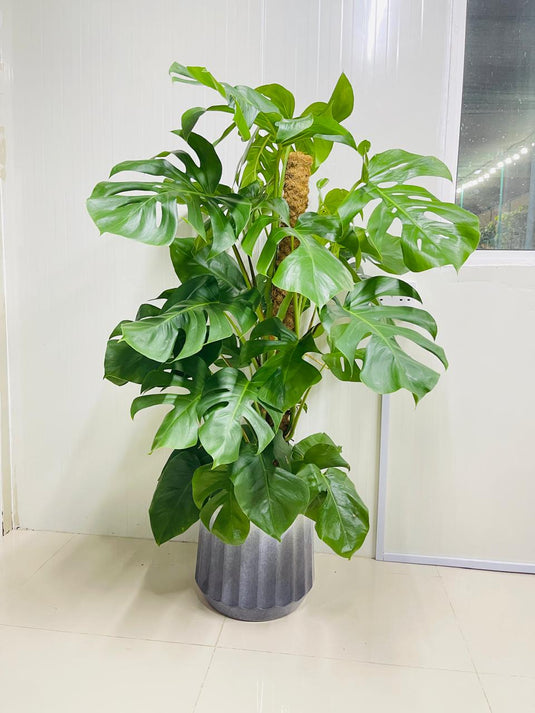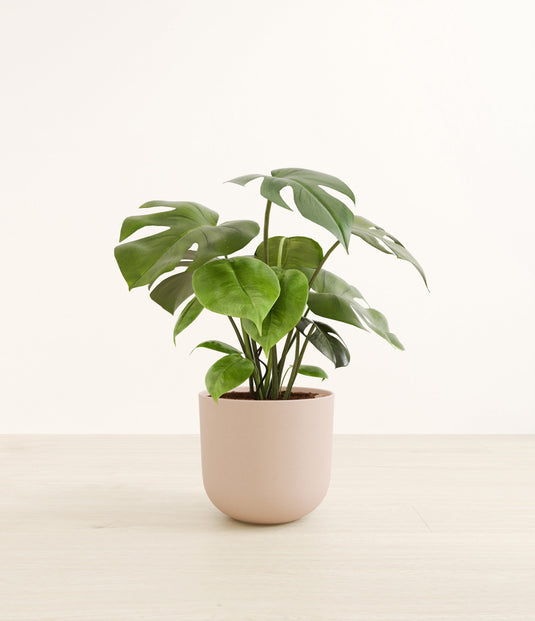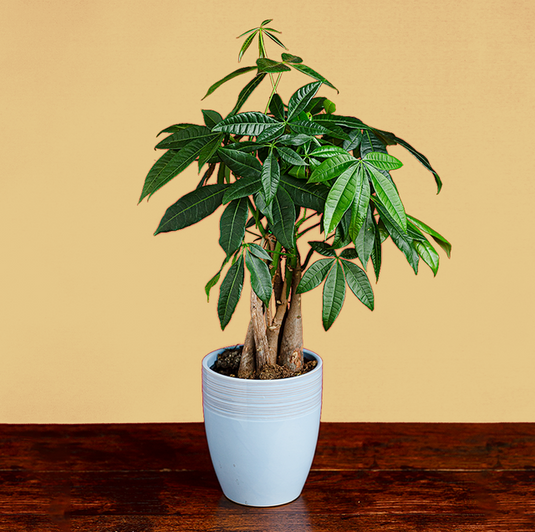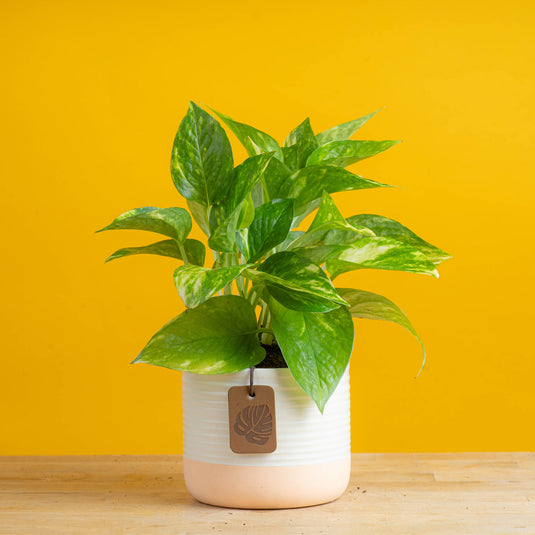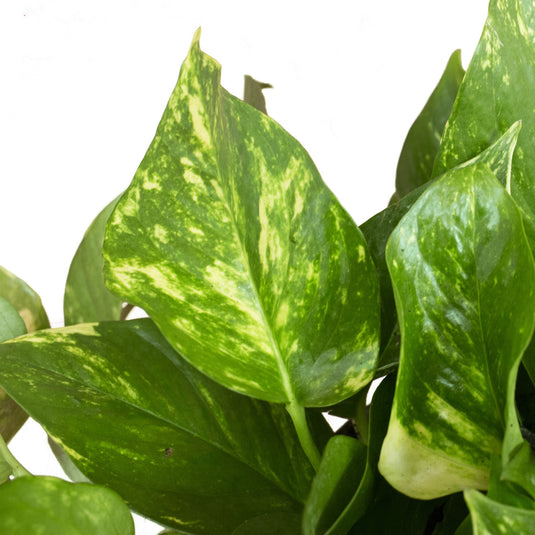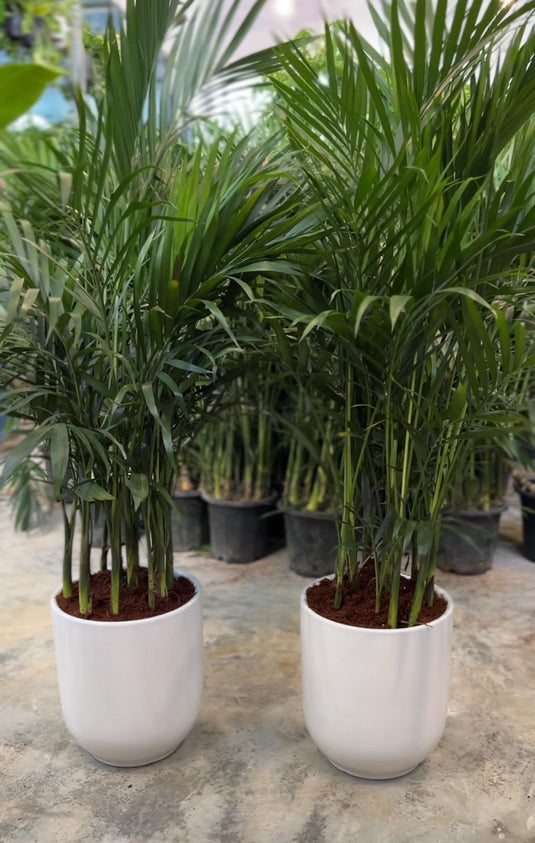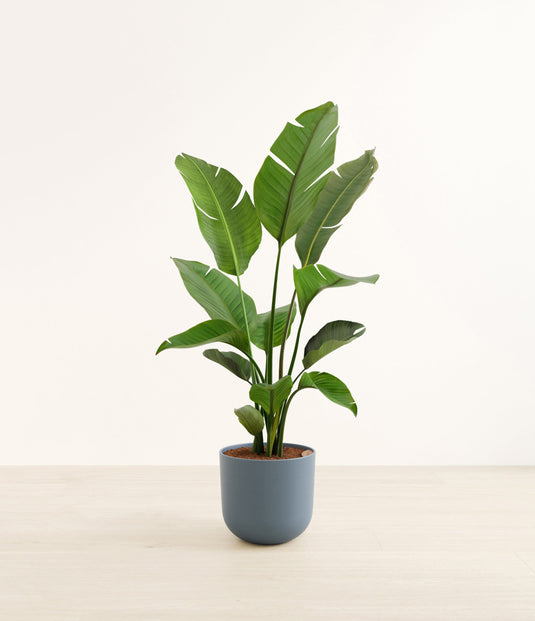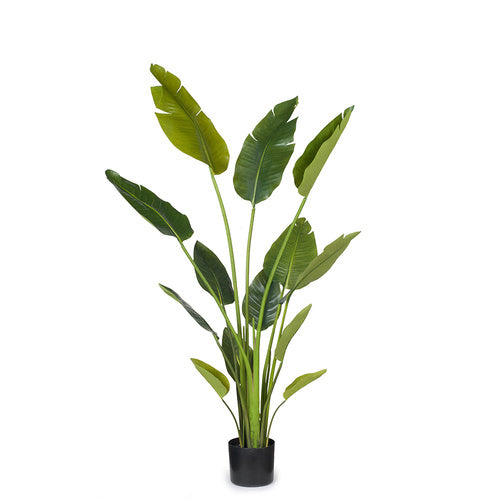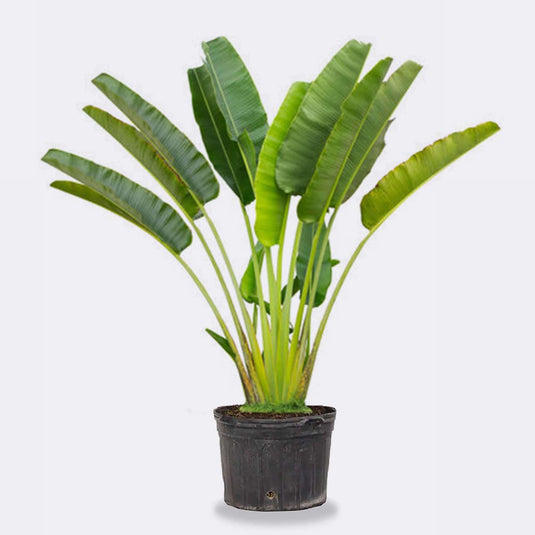Boston Fern
- Healthy Arrival Guarantee
- Free Plant Care Consultation
- Safe & Secure Payment
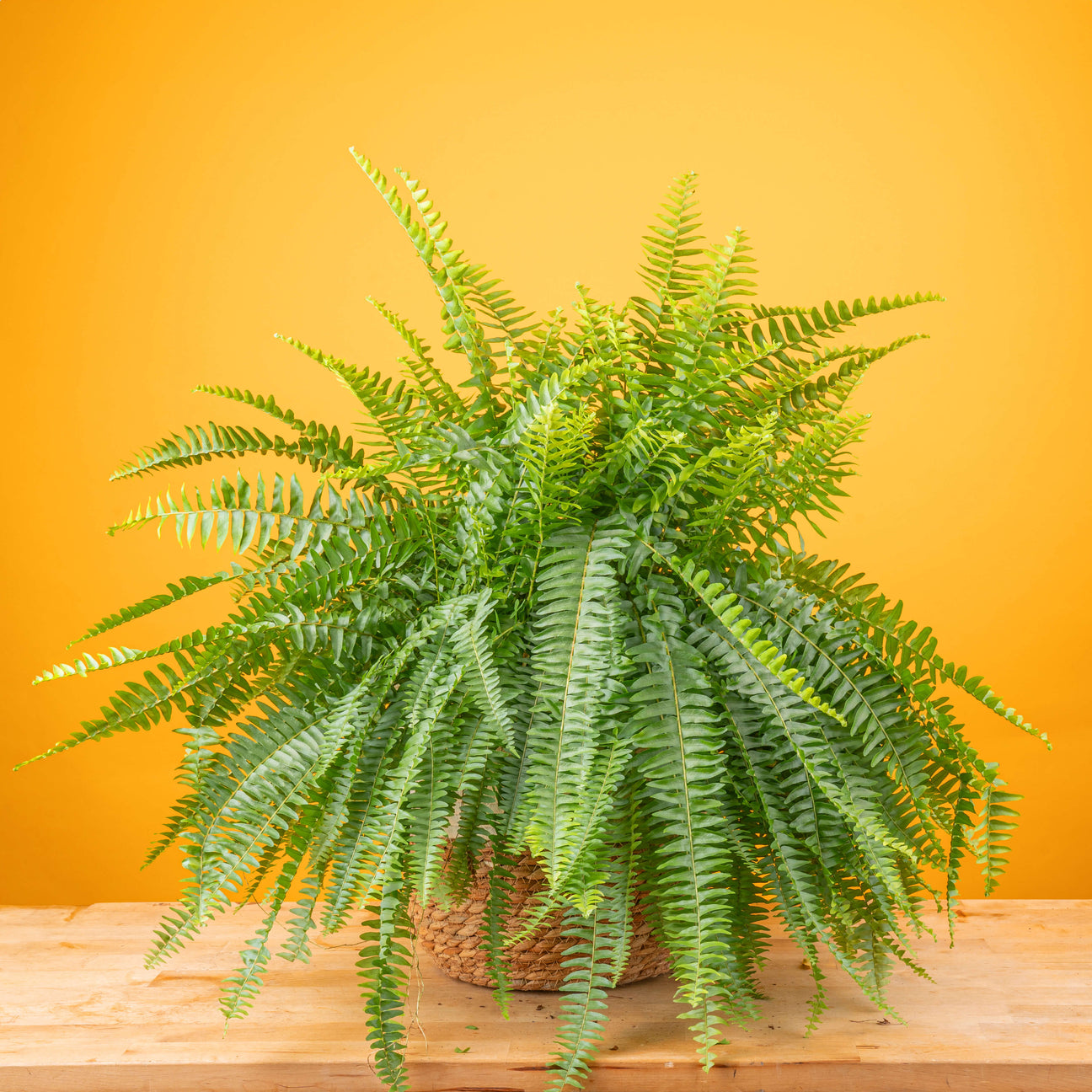
We will send you a notification as soon as this product is available again.
-
Estimated delivery: Dec 27 - Dec 31
-
Free return within 7 days of purchase.
Plant Description
The Boston Fern, scientifically known as Nephrolepis exaltata, is a popular houseplant characterized by its lush, feathery fronds and vibrant green color. This fern is commonly used in both indoor and outdoor gardening due to its aesthetic appeal. The global market is projected to reach approximately $6.3 billion by 2030.
4 Surprising Benefits of Boston Fern for Indoor Health and Beauty
1. Air Purification
Boston Ferns are known for their air-purifying properties, effectively removing pollutants such as formaldehyde and xylene from the air. A study conducted by NASA highlighted the plant's ability to filter indoor air, contributing to a healthier living environment.
2. Humidity Regulation
This fern naturally increases indoor humidity levels through the process of transpiration. Research has shown that plants like the Boston fern can help improve humidity in dry indoor conditions, promoting respiratory health and comfort.
3. Low Light Tolerance
Boston Ferns can thrive in low-light environments, making them ideal for shaded indoor spaces. Studies indicate that they can adapt to varying light conditions, allowing them to flourish even in less than optimal lighting.
4. Aesthetic Appeal
With their cascading fronds, Boston Ferns add a touch of natural beauty to any space, enhancing overall decor. Research suggests that the presence of greenery can improve mood and reduce stress levels in indoor settings.
5. Natural Insect Repellent
Boston Ferns may deter certain pests, such as mosquitoes and spiders, due to their strong scent. Studies suggest that having plants in your home can help reduce insect presence, contributing to a more pleasant indoor environment.
Disadvantages
- Boston Ferns require consistent moisture to thrive, which may necessitate regular attention to watering practices.
- This plant prefers moderate temperatures and may need protection from extreme heat or cold, requiring careful placement in the home.
- While it can help deter some pests, Boston Ferns can also be susceptible to others, such as aphids and spider mites, requiring regular monitoring.
- To maintain vibrant growth, Boston Ferns may require periodic fertilization, adding an additional care component.
- Boston Ferns do best in indirect sunlight, meaning owners must be cautious to avoid direct sun exposure that could damage the fronds.
Frequently Asked Questions
1. Is the Boston Fern effective at purifying air?
Yes, studies confirm that Boston Ferns can remove indoor air pollutants, contributing to improved air quality in homes.
2. Can Boston Ferns grow in low-light conditions?
Yes, they thrive well in low-light environments, making them suitable for shaded areas in homes.
3. Are Boston Ferns safe for pets?
Yes, Boston Ferns are generally considered non-toxic to pets, making them a safer choice for households with animals.
4. Do Boston Ferns require a lot of maintenance?
Yes, they need consistent moisture and regular care, which may require more attention compared to other houseplants.
5. Are Boston Ferns prone to pests?
Yes, while they can deter some pests, they can also attract others, necessitating regular checks for infestations.
Final Verdict: Should I Buy Boston Fern?
Yes, The ability to improve humidity and aesthetic appeal makes them a valuable addition to any home or office.
Plant Care
Watering
Water your plant once a week or when the soil starts to feel slightly dry on the surface. Keep the soil consistently moist, but be careful not to overwater, as this can cause brown spots and leaf drop. If the leaves become curly or dry, it's a sign that the plant needs water. It's best to water your plant in the early morning or late evening when the temperatures are cooler. Always check the soil before watering.
Light
Provide bright indoor light or indirect sunlight for about 6 to 8 hours a day.
Temperature
Maintain temperatures between 18°C and 24°C. Avoid exposing the plant to drafts, as these can cause undesirable temperature fluctuations. Mist the plant occasionally, about twice a week, to help maintain optimal humidity levels.
Fertilizer
Apply liquid fertiliser every 15 days when the plant is actively growing. For best results, use Folikraft ready-to-use Indoor Plant Food.

